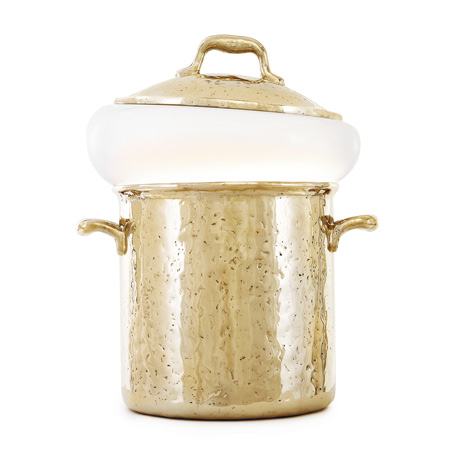
Wonderlamp by Studio Job and Pieke Bergmans for Dilmos
Milan 2010: artists Studio Job and designer Pieke Bergmans present a collection of polished bronze objects with blown-glass lamps spilling out of them for Italian gallery Dilmos in Milan this week.

Above: Wonderlamp
Top: Pan
Called Wonderlamp, the series includes a pair of buckets where the glass seems to flow from one to the other, a cooking pot with the light boiling over and a smoking pipe with light emerging like a plume of smoke.
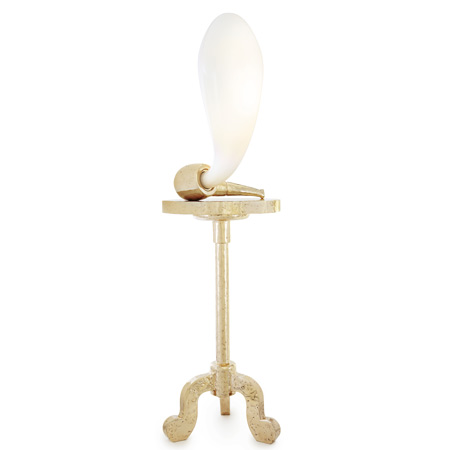
Above: Pipe
More information about the project in our previous story.
See Bergmans’ Light Blubs series of hand-blown, bulging light bulbs in our earlier stories here, here and here.
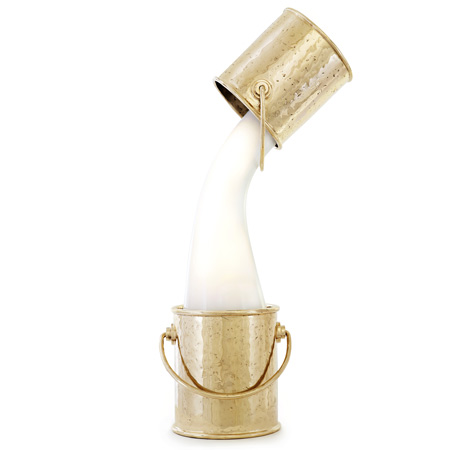
Above: Cans
Photographs are by R. Kot.
The following is from Dilmos:
For Salone del Mobile 2010, Dilmos presents "Wonderlanp" it is the newest collaboration with Studio Job in partnership with Pieke Bergmans. After "Oxidized" (2003), "Zoom" (2004) and "Perished" (2006), this new venture represents the fourth project between DILMOS and Studio Job.
Dilmos was founded in 1980 as an exhibition space for designer furniture. The articles selected were intended to be the most representative examples of modern design, side by side with furniture made by firms representing the contemporary style of the eighties (Edra, Catellani & Smith, Memphis, BD ediciones de diseno, Mirabili and Tecta). There was also an area for holding exhibitions and the result was that Dilmos started interacting more directly with the world of design, personally choosing which designers to work with and their articles.
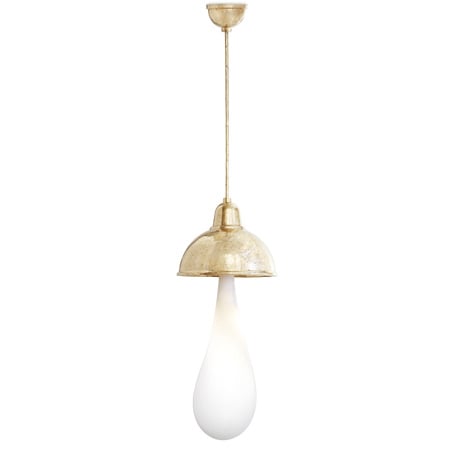
Above: Hanging Lamp
This commitment was the fruit of a growing awareness of the value and poetical signifi- cance of objects: a profound interest that led Dilmos to deal essentially with articles distinguished by a strong communicative and narrative force.
Since 1985, when an exhibition dedicated to Alessandro Mendini was held, Dilmos has increasingly tended to choose designers and articles that fully express a philosophy where each piece of furniture is a representation and at the same time a key to the designer’s deeper thoughts, a way of communicating and interacting with the world.
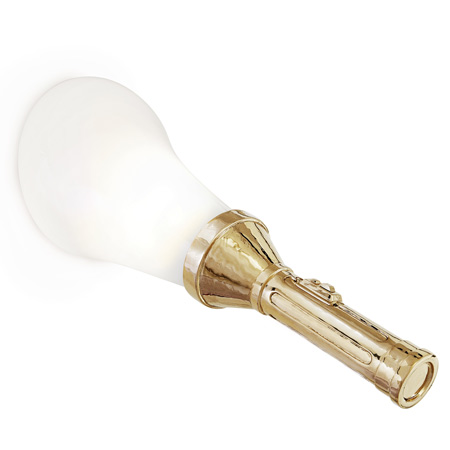
Above: Torch
Hence an object that communicates and not merely functional but not just a symbolic object-subject, a mute emblem of our hyper-communicating society either: this is the aim of Dilmos’ research, which is constantly working, debating and striving to outdo itself. No uniform stylistic design can be seen in the articles found at Dilmos; the consistency cannot be seen in the designers whose work has been displayed over these years but rather in the interactions and the mutual desire to treat the articles animating a home or a space as elements that virtually receive its thoughts and, through their great narrative ability, transmit its poetry and intentions.
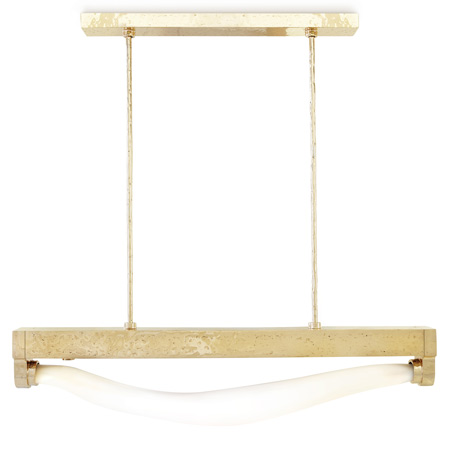
Above: TL
The languages of the designers are therefore many, because the gestures and thoughts of each one are many, but that does not mean that they are incommunicable. This is the thinking behind some of Dilmos’ experiences while working to make it possible for languages and poetries to communicate with each other.
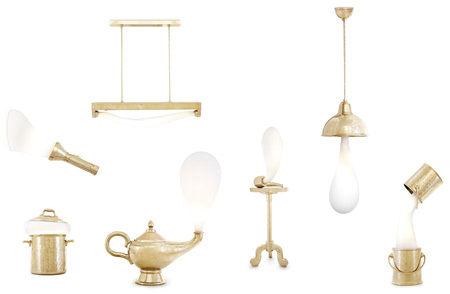
See also:
.
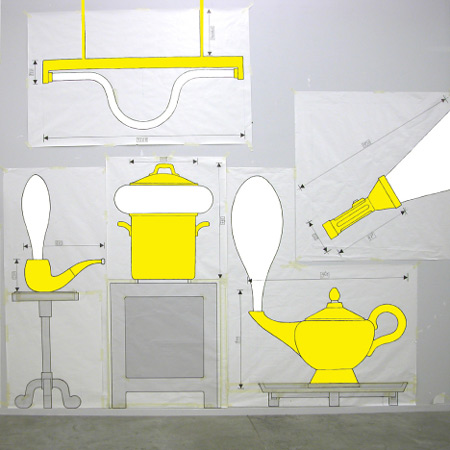 |
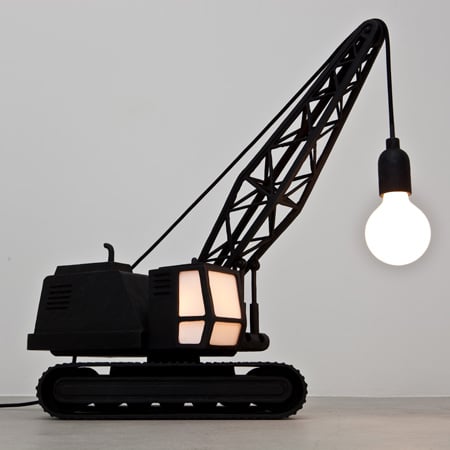 |
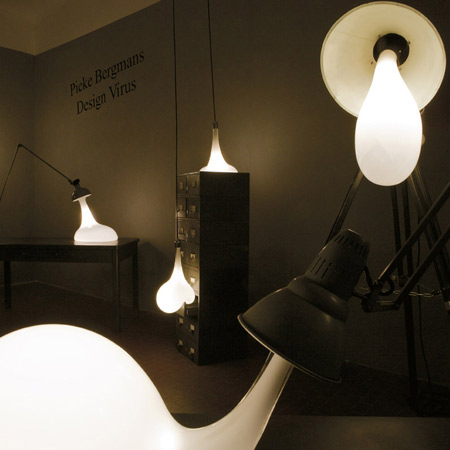 |